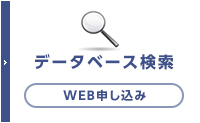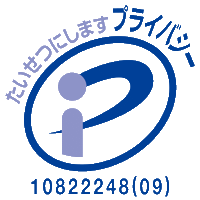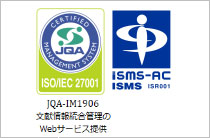ホームIMICライブラリMMWR抄訳2016年(Vol.65)12~19歳の思春期齢の母親における母体ケアと母乳・・・
2016/01/22Vol. 65 / No. 2
MMWR65(2):17-22
Maternity Care Practices and Breastfeeding Among Adolescent Mothers Aged 12–19 Years — United States, 2009–2011
12~19歳の思春期齢の母親における母体ケアと母乳育児 ― アメリカ、2009~2011年
American Academy of Pediatricsは、生後6カ月までは母乳栄養のみで保育し、その後、少なくとも生後1年まで母乳育児を継続することを推奨しているが、2011年、生後3カ月まで母乳栄養のみを与えた母親は20歳以下では19.3%であり、20~29歳(36.4%)、30歳以上(45.0%)に比べ少なかった。母乳育児の確立および継続には病院の授乳指導が重要な役割を果たしており、母乳育児を成功させるための10カ条(Ten Steps)に基づいたBaby-Friendly Hospital Initiative(BFHI)による母体のケアが推奨されている。CDCは2009~2011年のPregnancy Risk Assessment Monitoring Systemデータ(ニューヨーク市および10州)より、母乳育児を始めた思春期齢の母親における4週および8週以降の母乳育児率と、BFHIによるケアとの関連性について検討した。その結果、4週間以上、母乳のみで保育した母親は40.9%、母乳を含む栄養で保育した母親は64.4%であり、8週間以上はそれぞれ30.9%、44.6%であった。入院中にBFHIによる母体ケア(9項目)を受けた母親にて、母乳保育に関する情報を得たのは95.4%、乳児用ミルクのギフトパックを受け取っていないのは29.2%であり、80%以上の母親が受けたケアは4項目(母乳保育に関する情報を得た:95.4%、母子同室:91.3%、母乳の与え方の指導:83.1%、母乳保育に関する質問を受け付ける電話番号をくれた:80.0%)のみであった。これらのケアを受けた母親の母乳保育率は高く、とくに出産後1時間以内に母乳を与えた母親および病院で母乳のみを与えた母親は母乳のみでの保育率が有意に高かった。また、受けたケアの数との関連性も認められ、出産した病院での母体に対する授乳指導は思春期齢の母親に対し、母乳保育をサポートすることが示された。
References
- American Academy of Pediatrics Section on Breastfeeding. Breastfeeding and the use of human milk. Pediatrics 2012;129:e827–41. <http://dx.doi.org/10.1542/peds.2011-3552>.
- World Health Organization. Protecting, promoting and supporting breast-feeding: the special role of maternity services. Geneva, Switzerland: World Health Organization; 1989. <http://apps.who.int/iris/handle/10665/39679>.
- Office of the Surgeon General; CDC; Office on Women’s Health. The Surgeon General’s Call to Action to Support Breastfeeding. Rockville, MD: Office of the Surgeon General; 2011. <http://www.surgeongeneral.gov/library/calls/breastfeeding>.
- DiGirolamo AM, Grummer-Strawn LM, Fein SB. Effect of maternity-care practices on breastfeeding. Pediatrics 2008;122(Suppl 2):S43–9. <http://dx.doi.org/10.1542/peds.2008-1315e>.
- Murray EK, Ricketts S, Dellaport J. Hospital practices that increase breastfeeding duration: results from a population-based study. Birth 2007;34:202–11. <http://dx.doi.org/10.1111/j.1523-536X.2007.00172.x>.
- Bieler GS, Brown GG, Williams RL, Brogan DJ. Estimating model-adjusted risks, risk differences, and risk ratios from complex survey data. Am J Epidemiol 2010;171:618–23. <http://dx.doi.org/10.1093/aje/kwp440>.
- Ip S, Chung M, Raman G, et al. Breastfeeding and maternal and infant health outcomes in developed countries. Evid Repr Technol Assess (Full Rep) 2007;153.
- Sipsma HL, Divney AA, Magriples U, Hansen N, Gordon D, Kershaw T. Breastfeeding intentions among pregnant adolescents and young adults and their partners. Breastfeed Med 2013;8:374–80.
- Shealy KR, Li R, Benton-Davis S, Grummer-Strawn LM. The CDC Guide to Breastfeeding Interventions Atlanta, GA: US Department of Health and Human Services, CDC; 2005. <http://www.cdc.gov/breastfeeding/pdf/breastfeeding_interventions.pdf>.
- MacDorman MF, Matthews TJ, Declercq E. Trends in out-of-hospital births in the United States, 1990–2012. NCHS Data Brief 2014; 144:1–8.
Copyright © 2013 International Medical Information Center. All Rights Reserved.












